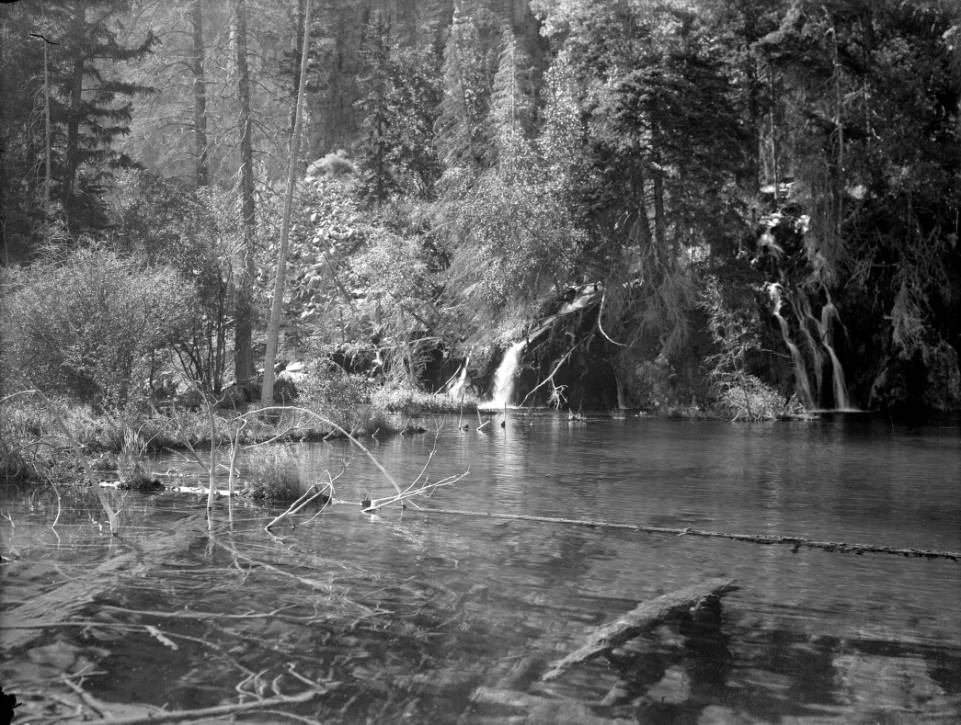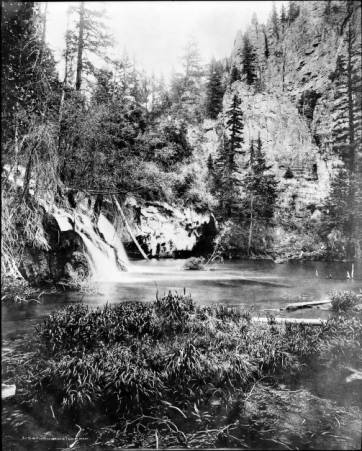Hanging Lake is one of the most popular, and stunning, hikes you can take in Colorado.
In fact, we've written several stories about how the popularity of the trail is causing some serious ecological problems.
The area we know today as Hanging Lake, located off of I-70 in Glenwood Canyon, was originally discovered and homesteaded by Thomas F. Bailey around the turn of the 19th century.

About ten years later, the city of Glenwood Springs purchased 760 acres of federal land, including Hanging Lake and its trail for $953 in 1912. Bailey had attempted to purchase it himself, but was unable to.
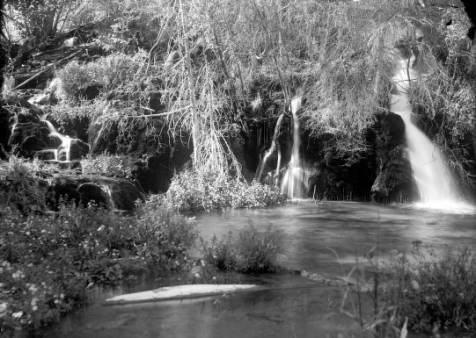
Trail infrastructure was updated in the 1930s by the Civilian Conservation Corps.
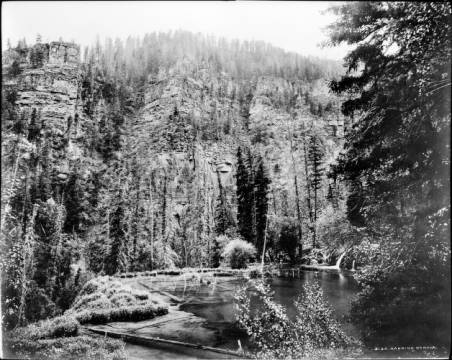
Soon, Hanging Lake would become a premiere destination for hikers, travelers and tourists.
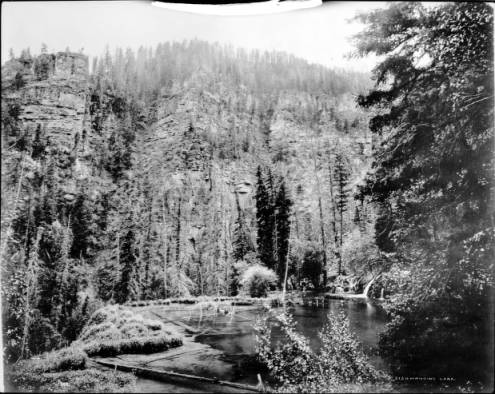
The U.S. Forest Service began protecting and caring for the land in 1972.
